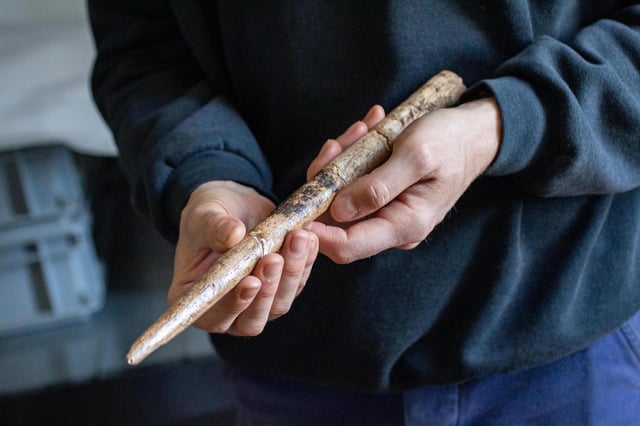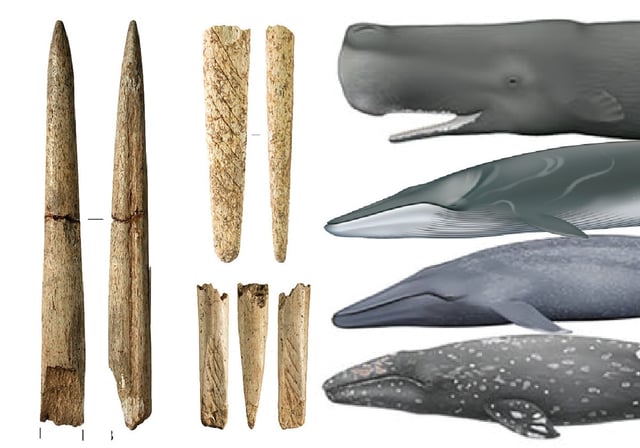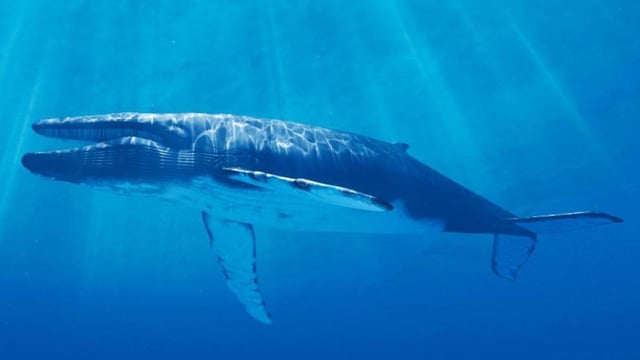Overview
- Radiocarbon dating of 83 worked tools and 90 unworked fragments pinpoints whale bone use beginning around 20,000 years ago in the Cantabrian region
- ZooMS proteomic analysis identified remains from at least five large whale species, including blue, sperm and gray whales now confined to Arctic and North Pacific waters
- Most artifacts—projectile heads, spear points and lances—are concentrated at Magdalenian sites along the coast and inland between Asturias and the central Pyrenees
- Evidence shows a peak in whale-bone tool production between 17,500 and 16,000 years ago, coinciding with exchange networks linking coastal camps and mountain settlements
- Researchers conclude these Paleolithic foragers scavenged stranded or drifting whales rather than engaging in active hunting



